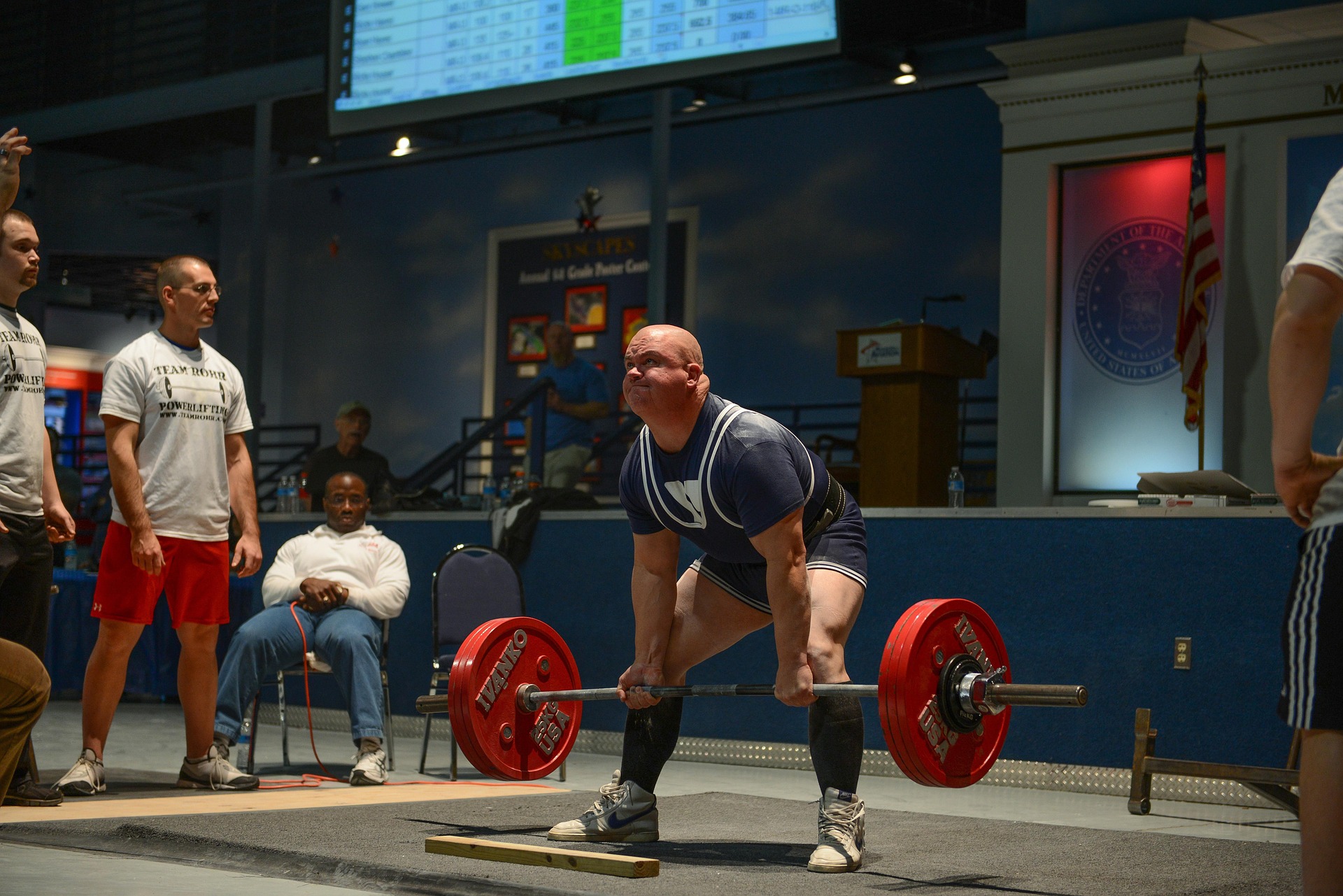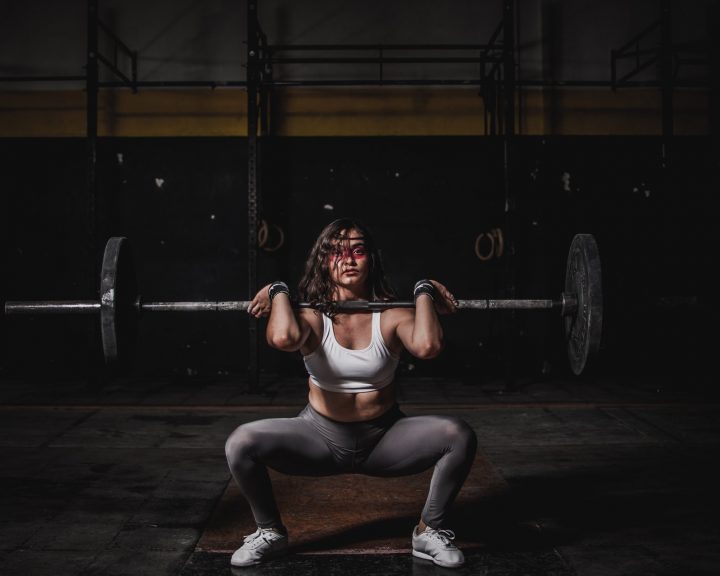A lot of my social media posts talk about the importance of strength for athletes. For me, this is an important prerequisite ability to be successful in speed, changing directions, jumping, throwing, kicking, hitting, in fact just about everything that our athletes do. With this article we’re going to talk about why strength is important, how it should be developed, and diminishing returns.
Reasons why strength is important for everyone:
- Running, jumping, and changing directions are about exerting force against the ground. That requires a great deal of strength. Thanks to research, we know that we run faster not by moving our limbs more quickly, but by exerting more force against the ground. We also know that certain types of exercise, like plyometrics, are more effective for stronger athletes.
- Throwing something, kicking it, or hitting something with an implement are about exerting force against an external object. Again, this requires strength to do it.
- In contact sports, you have to be able to move other individuals. Obviously strength is going to be important for this.
- Increasing strength makes tendons, ligaments, and bones stronger. This helps to prevent injuries.
Training for strength is not rocket science:
People make this a lot more complicated than it needs to be. There are a few things you need when training for athletic strength. First, you need to pick fundamental, multi-joint exercises. Second, you need to train heavy on them (80% of one repetition maximum or higher). Third, you need to let yourself recover between each set. Finally, remember that strength is also a skill – that means you need to train it almost year round to get better at it.
Below are some of my favorite multi-joint exercises for focusing on strength. These are grouped by movements (push, pull, etc.).
| Push | Pull | Squat | Hip Hinge |
| Bench press
Incline press Dips Standing military press Standing kettlebell press |
Bent-over rows
Kettlebell rows One-arm dumbbell rows Pull-ups
|
Back squats
Front squats Split squats Overhead squats Squats with bands or chains |
Deadlifts
Romanian deadlifts Good mornings Reverse hyperextensions |
Because I like to train strength weekly, I try to focus each strength workout on the entire body. That means I’ll put at least one exercise from each category into a workout. Below are two examples:
| Day One | Day Two |
| Bench Press
Bent-over Rows Back Squats Romanian Deadlifts |
Incline Press
Kettlebell Rows Front Squats Deadlifts |
Diminishing returns:
As our strength begins to approach our genetic potential, it becomes a lot more difficult to increase it. At that point, we have to ask ourselves if the time and effort required to add a few more pounds to a lift are going to be worth the potential performance improvement and the enhanced potential for injury. Most athletes are not ever going to get to this point, but for those that do it becomes a lot more important to focus on maintaining strength while learning to apply it via power and sports technical training.


